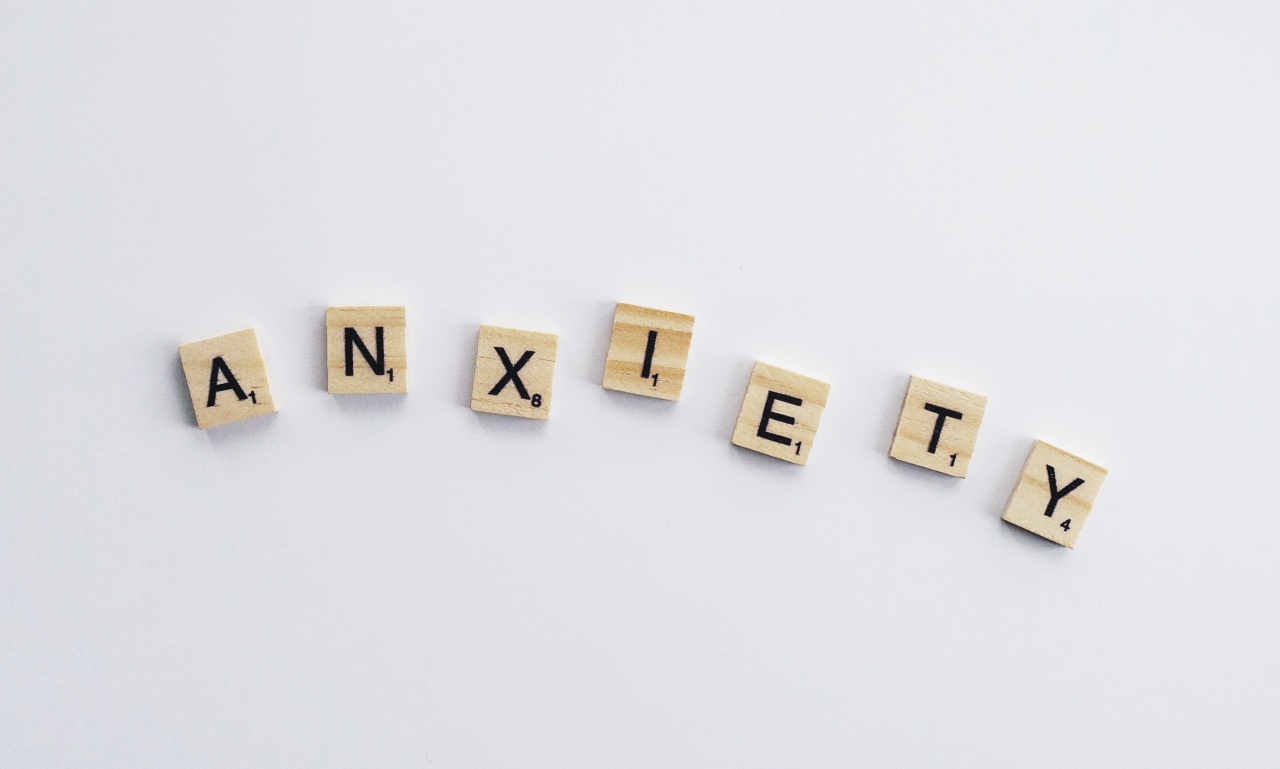Fear and eroticism may seem like contrasting emotions, but they are deeply intertwined in many aspects of human psychology and sexuality.
Throughout history, numerous studies have explored the link between fear and arousal, shedding light on the complex and sometimes surprising ways in which these two emotions interact. While fear can often be associated with negative experiences, it can also add intensity, excitement, and even pleasure to erotic encounters.
In this article, we will delve into the connection between fear and eroticism, exploring the psychological mechanisms, societal influences, and personal preferences that contribute to this fascinating relationship.
The Psychology of Fear and Arousal
Both fear and eroticism are deeply rooted in our primal instincts and are closely linked to our fight-or-flight response. When faced with a potential danger, our bodies release stress hormones, such as adrenaline, which prepare us for action.
Interestingly, the physiological responses triggered by fear and sexual arousal share similarities. Increased heart rate, heightened senses, and the release of endorphins are all experienced in both fear-inducing situations and moments of sexual excitement.
Role-Playing and Power Dynamics
One way fear and eroticism intersect is through role-playing and power dynamics within sexual relationships.
Many individuals find excitement in scenarios where one partner takes on a dominant or controlling role, while the other plays a submissive or vulnerable role. This power imbalance can create a sense of anticipation, uncertainty, and fear of the unknown, intensifying the overall sexual experience.
Bondage, discipline, dominance, submission, and sadomasochism (BDSM) practices often involve elements of fear and eroticism, allowing individuals to explore their deepest desires and push their boundaries.
The Thrill of Taboo and Forbidden Desires
Another aspect of the connection between fear and eroticism lies in the thrill associated with taboo and forbidden desires.
Societal norms and moral standards often dictate what is deemed acceptable and what is considered deviant when it comes to sexuality. This creates a sense of fear and excitement when engaging in acts or fantasies that go against these established boundaries.
Exploring these forbidden desires can awaken a heightened sense of arousal and pleasure, as well as an adrenaline rush derived from breaking the rules.
Overcoming Inhibition and Vulnerability
Fear can act as a barrier to sexual expression, inhibiting individuals from fully embracing their desires and exploring their sexuality.
However, in certain contexts and with mutual consent, fear can be harnessed to break down these inhibitions and provide a safe space for vulnerability. Engaging in activities that induce controlled fear, such as light bondage or sensory deprivation, can help individuals let go of their inhibitions and connect with their partners on a deeper level.
By surrendering to fear in a controlled environment, individuals can experience increased trust, emotional connection, and ultimately, enhanced sexual gratification.
The Influence of Media and Erotica
The portrayal of fear and eroticism in media, including movies, literature, and pornography, has played a significant role in shaping our perceptions and fantasies.
From the suspenseful scenes that precede a passionate encounter in a movie to the explicit depictions of dominance and submission in pornography, media has the power to create associations between fear and arousal. These depictions, though fictional, can influence our desires and expectations, further blurring the lines between fear and eroticism in the realm of human sexuality.
Personal Preferences and Cultural Variations
It is essential to acknowledge that the connection between fear and eroticism is subjective and varies greatly among individuals.
While some may find fear to be an integral part of their sexual experiences, others may have no interest or even find fear detracting from their erotic pleasure. Personal preferences and cultural variations play a significant role in determining what arouses or repels individuals. The level of comfort, trust, and communication between sexual partners also shapes the exploration of fear in an erotic context.
Understanding and Nurturing Personal Boundaries
As with any exploration of sexuality, it is crucial to prioritize consent, communication, and the respect of personal boundaries when incorporating fear into erotic encounters.
Establishing clear boundaries and consent guidelines is essential to ensure that fear is experienced within mutually agreed-upon limits. Trust and open communication allow partners to express their desires, discuss any concerns or fears, and experiment safely in a way that enhances pleasure and emotional connection.
Conclusion
The connection between fear and eroticism is a complex and deeply ingrained aspect of human sexuality. Fear can add intensity, excitement, and pleasure to erotic encounters, making it a compelling element in sexual exploration for many individuals.
From the psychological mechanisms that link fear and arousal to societal influences and personal preferences, understanding this connection can provide insights into the diverse ways in which humans experience and express their sexuality.


























